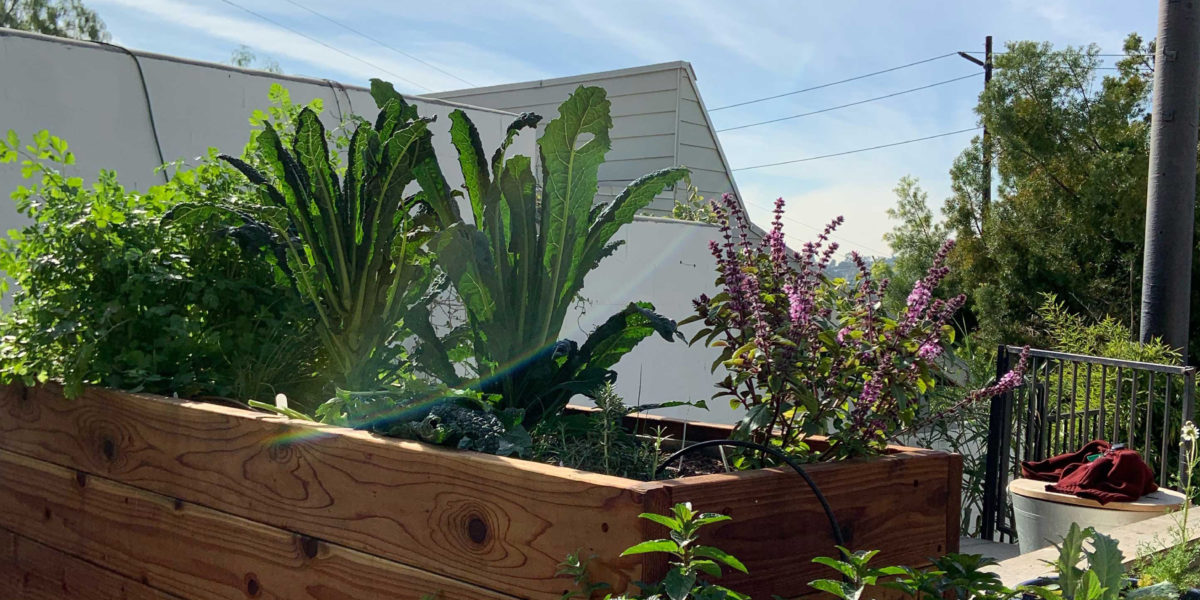Getting My City Blooming To Work
Getting My City Blooming To Work
Blog Article
More About City Blooming
Table of ContentsSome Ideas on City Blooming You Need To KnowIndicators on City Blooming You Should KnowCity Blooming Things To Know Before You BuyThe Single Strategy To Use For City BloomingNot known Facts About City Blooming
Fascinated in growing food for sale in the City of Chicago? Below is a checklist of regularly asked concerns relating to the policies and policies that growers ought to consider when intending a metropolitan agriculture job.
The zoning change does not change any type of various other codes dealing with composting, building authorizations, acquiring or leasing City possessed building, company licenses or ecological contamination. There are existing codes that regulate these problems and they continue to be completely effect and might be suitable to your task. Area gardens are generally possessed or handled by public entities, public organizations or community-based organizations and maintained by volunteers.
Urban ranches expand food that is meant to be marketed, either on a not-for-profit or for-profit basis. Because of their business purpose, metropolitan ranches need a company certificate. Yes. An area garden is permitted to market excess generate that was expanded on site if the sales are accessory or subservient to the garden's primary objective described over.
Not known Details About City Blooming
Composting is permitted however just for plant material that is generated and utilized on website. The quantity of compost product can not go beyond 25 cubic lawns at any type of provided time according to the requirements in 7-28-715 of the City's Municipal Code. Yes. Due to the fact that the soil at many brand-new yard sites requires modifying, compost, dirt, timber chips, or various other products can be gotten to construct or improve the growing area - indoor plants.

If a building license is called for after that the hoophouse will be taken into consideration an accessory structure. You can figure out even more concerning the structure authorization demands by contacting the Department of Structures. The 25,000-square-foot dimension limit is meant to stop a single area yard from dominating a provided block or interfering with the block's existing property or business personality.
The restriction does not use to yards found in Public Open Space (POS) districts. Can there be even more than one neighborhood yard that is 25,000 square feet on a single block? Fencing weblink is not needed, however, yards that have huge car parking areas might be called for to install fencing or other landscaping features.
The Main Principles Of City Blooming
B1 & B2 districts call for that all business use activities be conducted inside your home. R areas limit business task. The laws reflect the objective and intent of the Zoning Code. Is fence needed for urban ranches? Yes. Fencings may be needed, in addition to landscaping and screening, for particular vehicle parking areas and outside work or storage space locations depending on place and the certain activity happening.
Urban ranches call for building permits and zoning authorizations prior to construction (eco-friendly practices). Various other kinds of city testimonial might be required depending on particular frameworks, activities, size, landscape design, licensing, public heath and stormwater monitoring concerns.
The Division of Organization Affairs and Customer Protection can help determine the specific kind of business permit that's required. Off road car park is needed for the majority of industrial tasks in Chicago. The needed number of car parking areas is based on the number of employees working on site and not the square footage of the expanding area.
Getting The City Blooming To Work

A metropolitan ranch can offer compost material created on site, nonetheless, the operation must conform with the policies in 7-28-715 of the Chicago Municipal Code. Aquaponic systems are allowed indoors on city ranches in many zoning districts.
Up to five hives or swarms of honey might be maintained as an accessory use. Beekeepers should register with the Illinois Department of Farming. For even more information concerning the proposed zoning change you may contact the Department of Real Estate and Economic Advancement, Bureau of Preparation and Zoning at 312.744.8563.
Farming in cities and urban locations An urban ranch in Chicago. Urban agriculture refers to different practices of cultivating. https://triberr.com/cityblooming, processing, and distributing food in city areas. The term also applies to the location tasks of pet husbandry, tank farming, beekeeping, and gardening in an urban context. Urban farming is differentiated from peri-urban farming, which occurs in backwoods at the edge of suburban areas.
The 9-Second Trick For City Blooming
It can involve a movement of organic farmers, "foodies" and "locavores", that look for to create social networks started on a shared principles of nature and community holism. These networks can develop by method of formal institutional assistance, ending up being integrated into local town as a "shift community" movement for lasting urban growth.
Some of the very first proof of urban agriculture comes from Mesopotamia.
Report this page